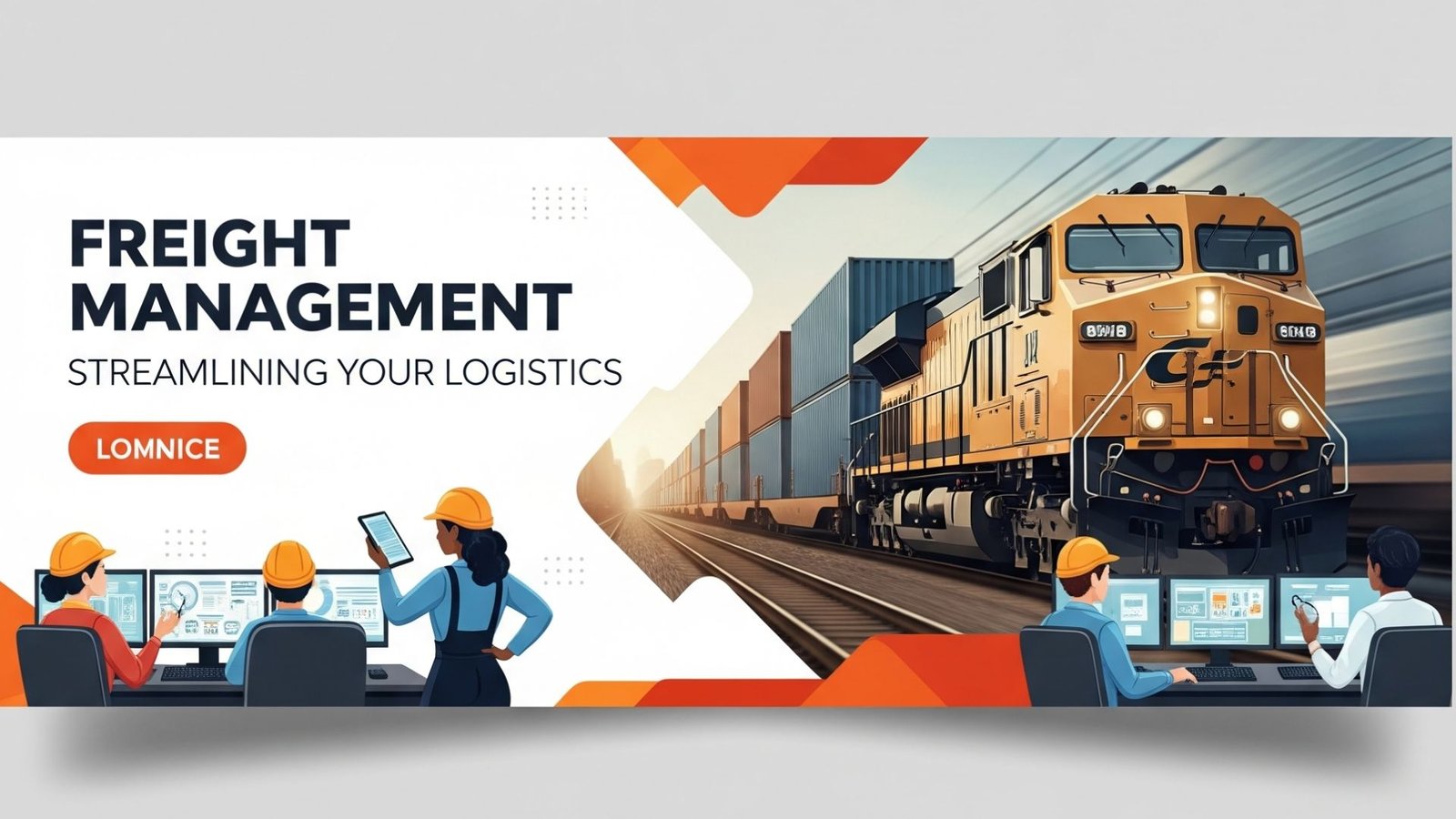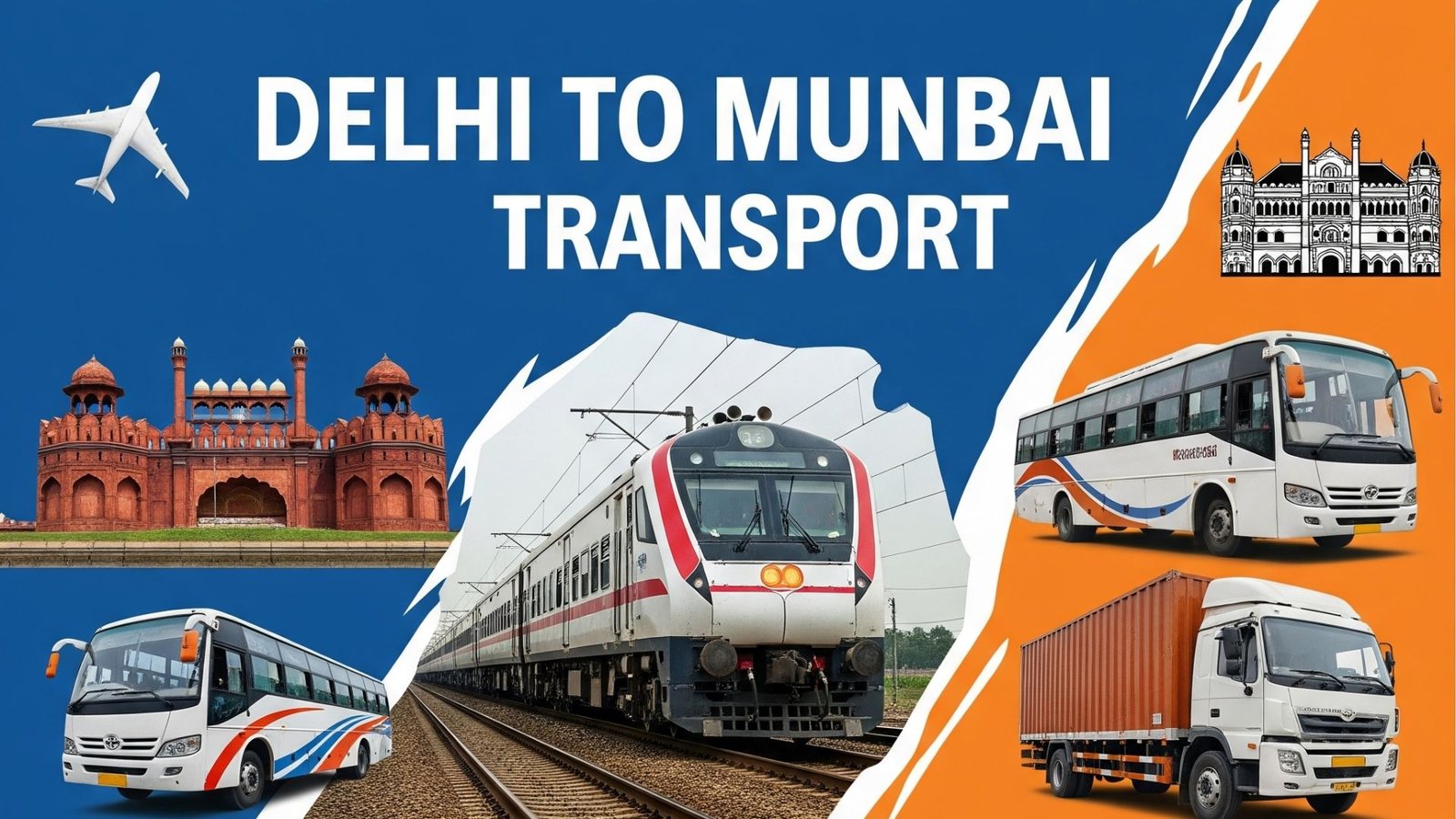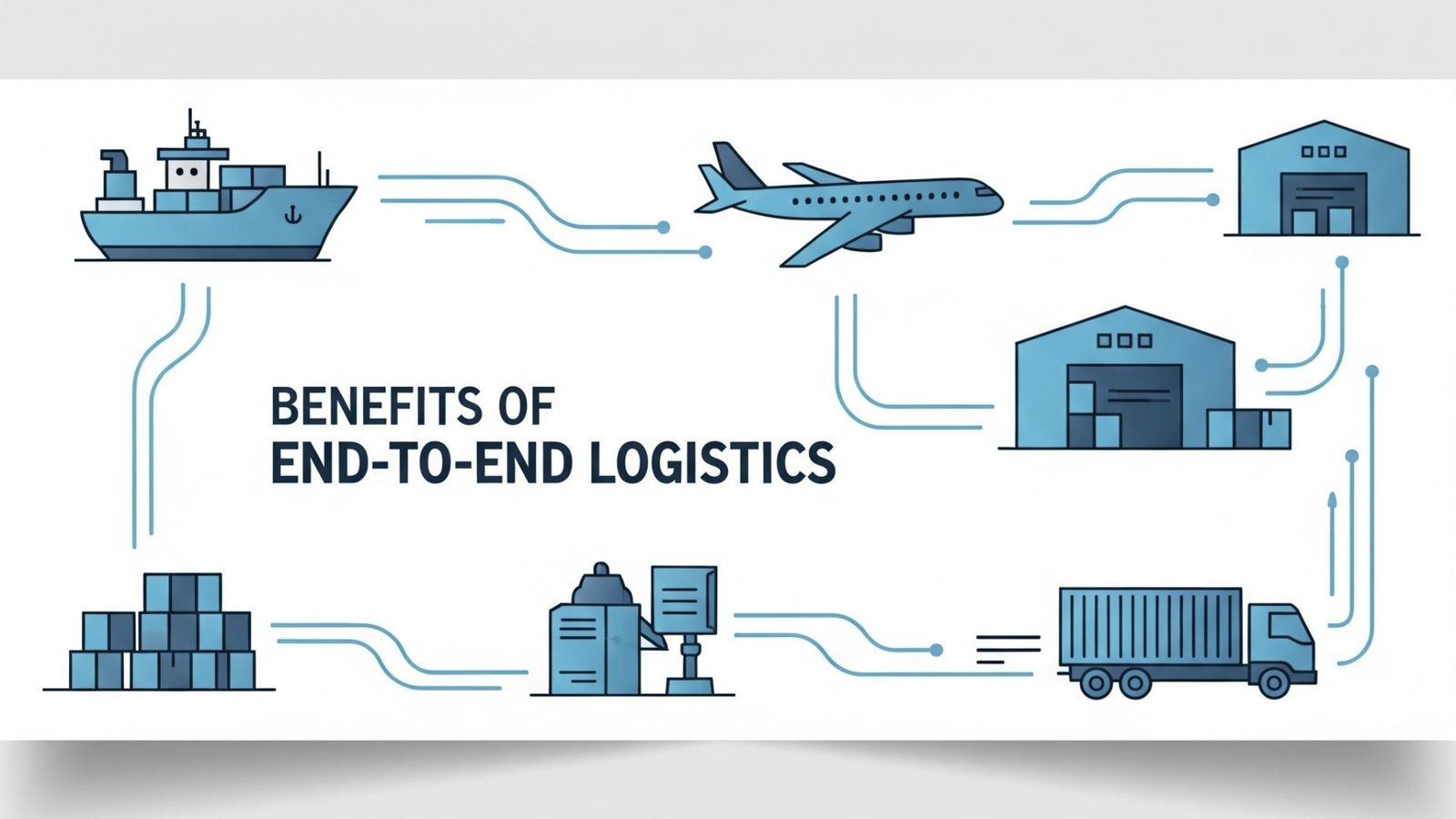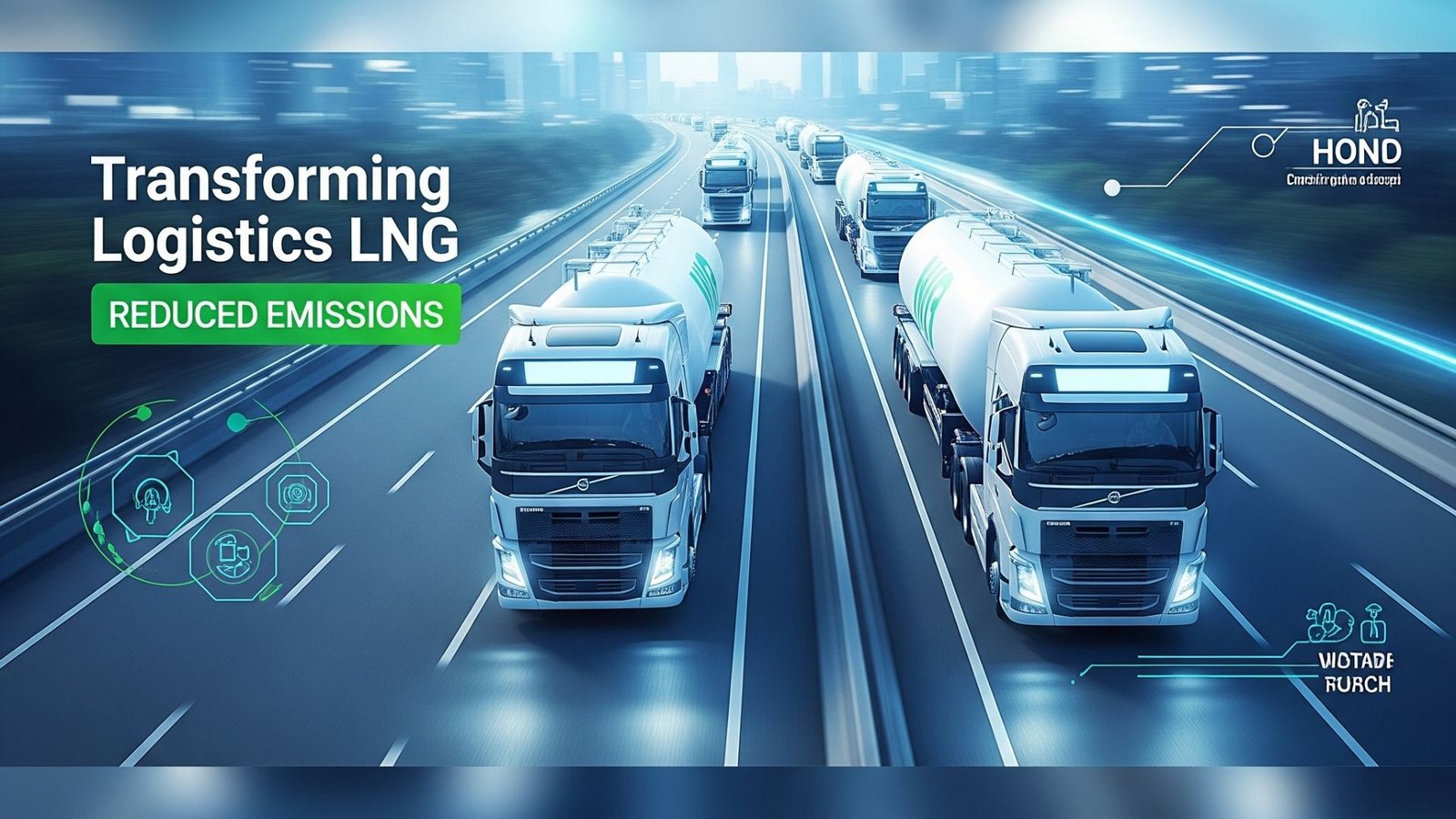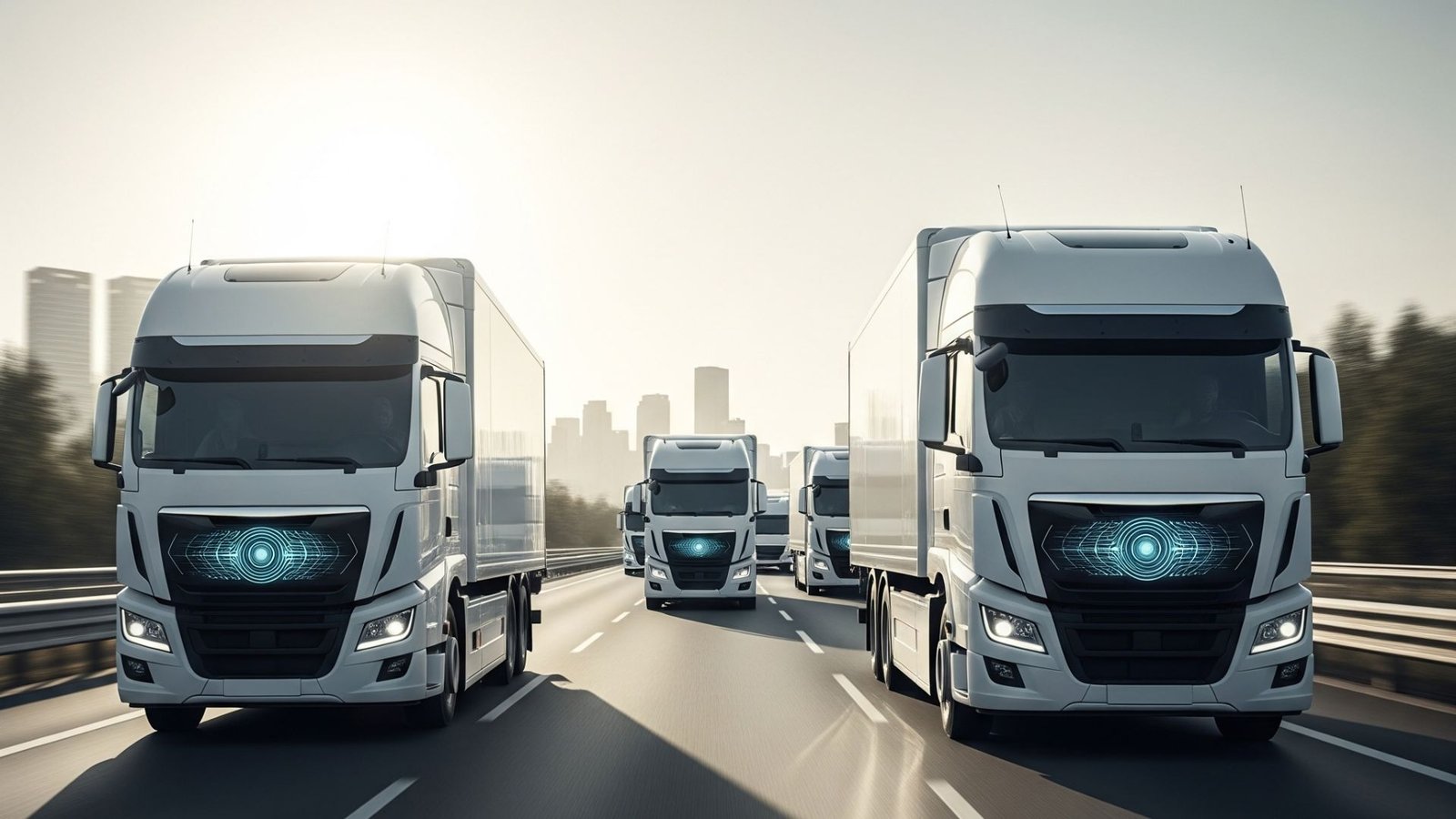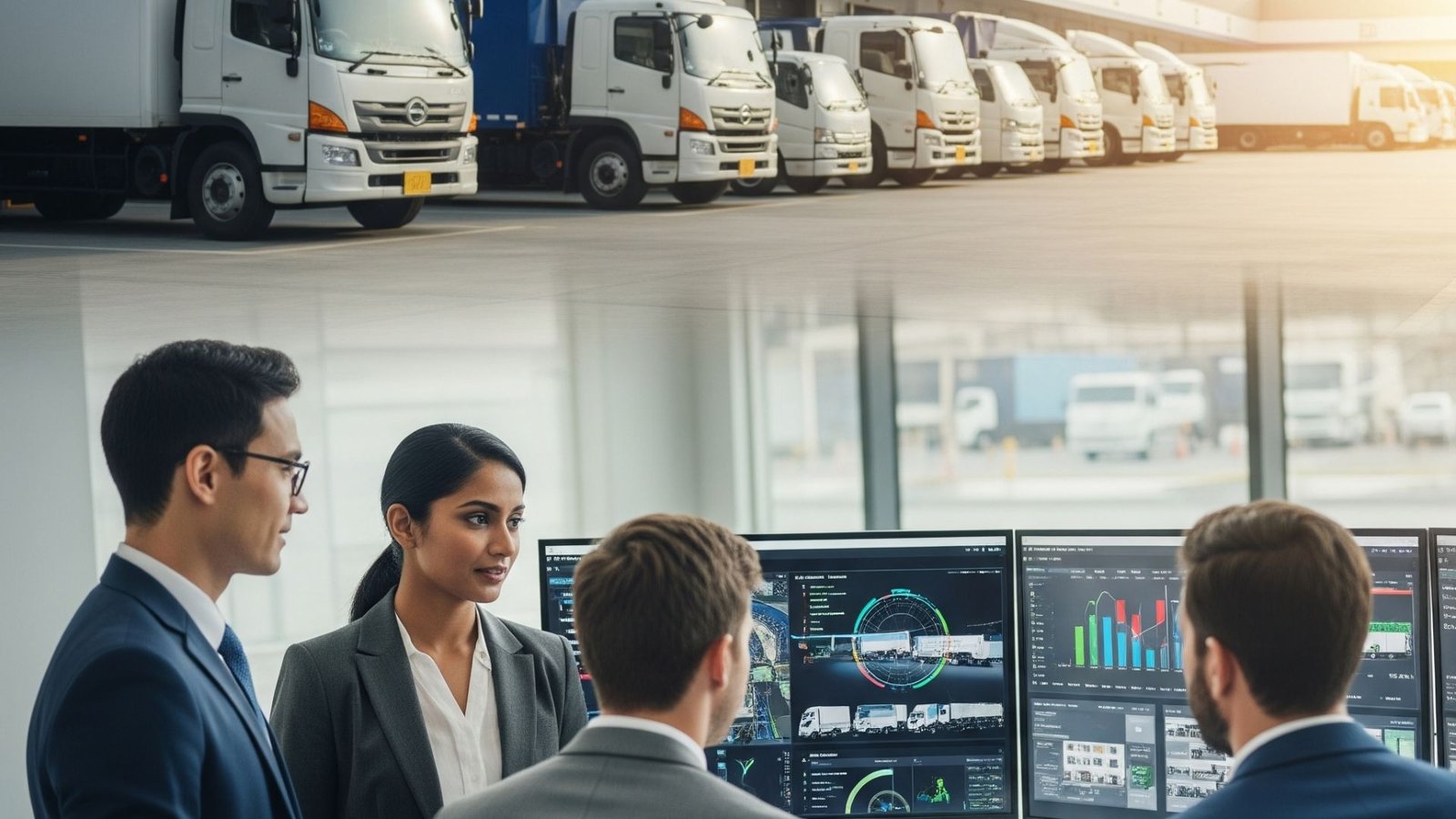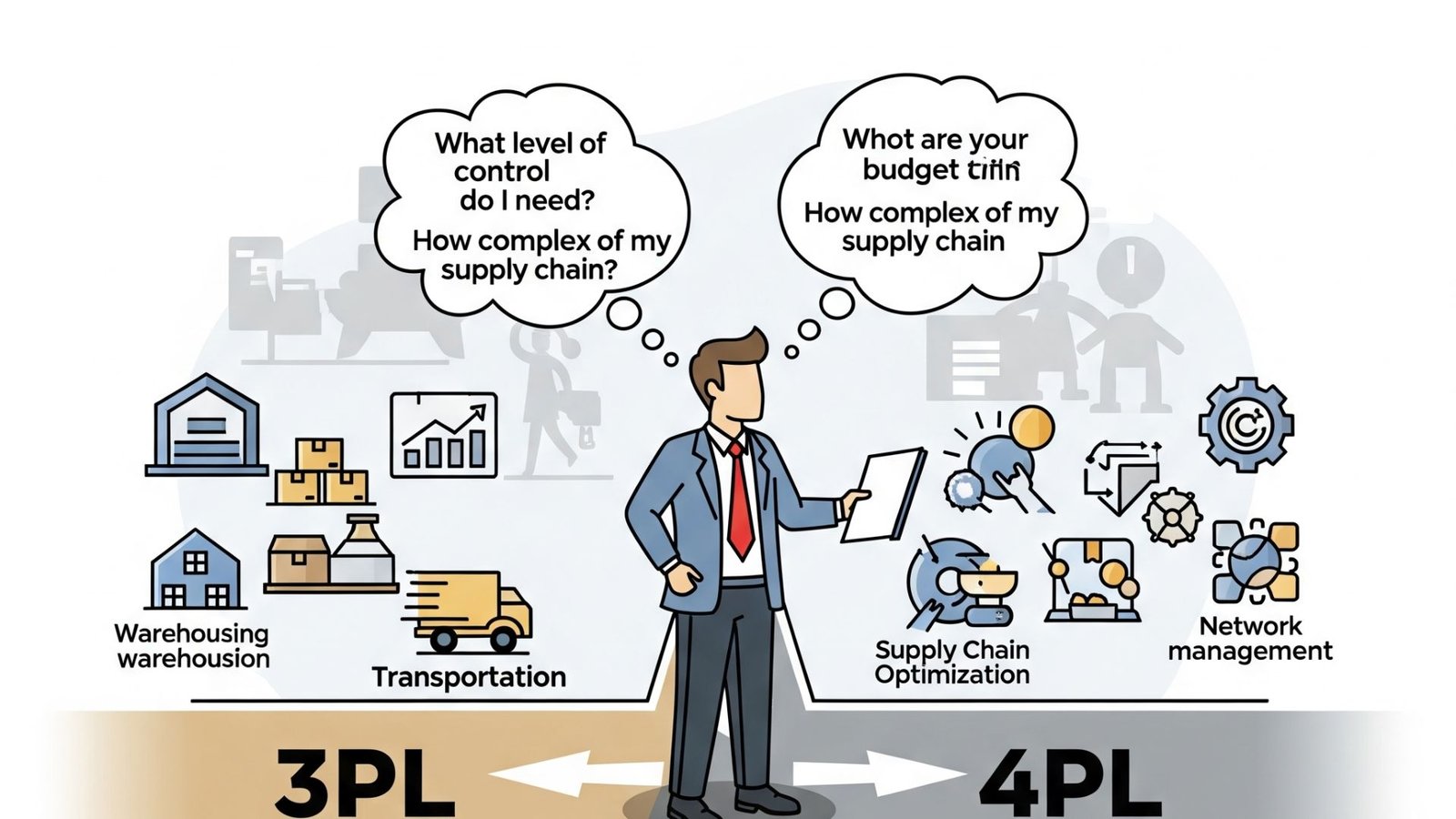In the world of business, especially in manufacturing, retail, and e-commerce, freight charges play a crucial role in determining profitability, pricing strategies, and customer satisfaction. Yet, for many business owners, understanding freight charges feels like decoding a foreign language.
If you’re a business owner looking to demystify logistics costs and improve your shipping decisions, this complete guide to freight charges will walk you through everything—from definitions and pricing components to how you can reduce your freight bills.
What Are Freight Charges?
Freight charges refer to the cost incurred by a shipper (you, the business owner) to transport goods from one location to another. These charges are typically paid to a freight carrier or logistics service provider and can vary significantly based on shipment size, distance, mode of transport, and urgency.
Simply put:
Freight charge = the cost of moving goods from Point A to Point B.
Types of Freight Services (and How They Affect Cost)
Freight charges vary depending on the mode of transport you choose:
1. Road Freight
- Common for domestic and regional deliveries.
- Charges depend on truck type (LTL, FTL, container, open, etc.).
- Priced per kilometer, per ton, or per vehicle.
2. Rail Freight
- Cost-effective for heavy or bulk shipments over long distances.
- Slower, but ideal for large B2B consignments.
3. Air Freight
- Fastest, but most expensive.
- Ideal for time-sensitive or high-value shipments.
4. Sea Freight
- Suitable for international trade.
- Cheapest per kilogram, but slower.
- Involves port handling, customs duties, and container charges.
Components of Freight Charges
Understanding what’s included in a freight bill helps avoid surprises. Here’s what makes up the total cost:
| Component | Description |
|---|---|
| Base Freight Cost | Charge for transporting goods based on distance and weight/volume. |
| Fuel Surcharge | Adjusted regularly based on fuel prices. |
| Loading/Unloading Fee | Charges for manual or mechanical handling. |
| Toll Charges | Applicable on highways, especially long-haul trips. |
| Insurance | Optional, but recommended for high-value cargo. |
| Warehousing Fee | Temporary storage costs if shipment is delayed or early. |
| Documentation Charges | Includes permits, e-way bills, or customs documents. |
How Are Freight Charges Calculated?
Here are the major factors that determine the final price:
1. Weight and Volume
- Higher weight or larger volume usually means higher cost.
- Carriers may use volumetric weight:
Volumetric weight = (Length x Width x Height) / Dimensional Factor
2. Distance
- More kilometers = higher cost.
- Some services have fixed slabs (e.g., 0–100 km, 100–500 km).
3. Mode of Transport
- Truck → mid-range cost
- Rail → economical
- Air → premium
4. Type of Goods
- Perishable or fragile items may need special handling.
- Hazardous goods involve regulatory compliance costs.
5. Service Level
- Express delivery vs. standard delivery.
- Door-to-door, terminal-to-terminal, or warehouse pickup.
How to Reduce Freight Costs
Business owners often look for ways to cut costs without compromising delivery reliability. Here’s how:
Consolidate Shipments
Combine multiple small shipments into one to save on per-shipment costs.
Plan Ahead
Avoid last-minute shipping which often leads to premium express charges.
Negotiate Rates
If you ship regularly, build long-term relationships with transporters or logistics platforms to get better pricing.
Use a Freight Broker or Digital Platform
Modern digital freight marketplaces offer competitive pricing, live tracking, and reduced paperwork.
Audit Your Freight Bills
Check for errors or duplicate charges. Many businesses overpay simply due to billing inaccuracies.
Why Freight Charges Matter for Business Owners
Freight charges impact more than just logistics—they influence:
- Product Pricing: Higher transport cost = higher product price.
- Profit Margins: Smart freight decisions can protect your bottom line.
- Customer Experience: Timely and affordable shipping builds customer loyalty.
- Inventory Planning: Costly freight leads to delayed replenishment.
Example: Calculating Freight for a Delhi to Mumbai Shipment
Let’s say you’re shipping 2 tons of packaged goods from Delhi to Mumbai via road FTL.
| Factor | Example Value |
|---|---|
| Distance | ~1,450 km |
| Weight | 2 tons |
| Rate per Ton/km | ₹3.50 |
| Fuel Surcharge (10%) | ₹1,015 |
| Loading/Unloading | ₹500 |
Total Freight Cost = ₹2 x 1450 x 3.5 + 10% Fuel + ₹500 = ₹11,650 (approx.)
Key Takeaways
- Freight charges are essential to your supply chain cost structure.
- Know what’s included in your shipping bill to avoid hidden costs.
- Choosing the right transport mode and partner makes a big difference.
- Use technology and negotiate regularly to keep logistics affordable.
Need Help Managing Freight?
Whether you’re a startup shipping your first consignment or a seasoned manufacturer looking to optimize logistics costs, our freight management experts are here to help.
Reach out for a free consultation for real-time freight quotes.
